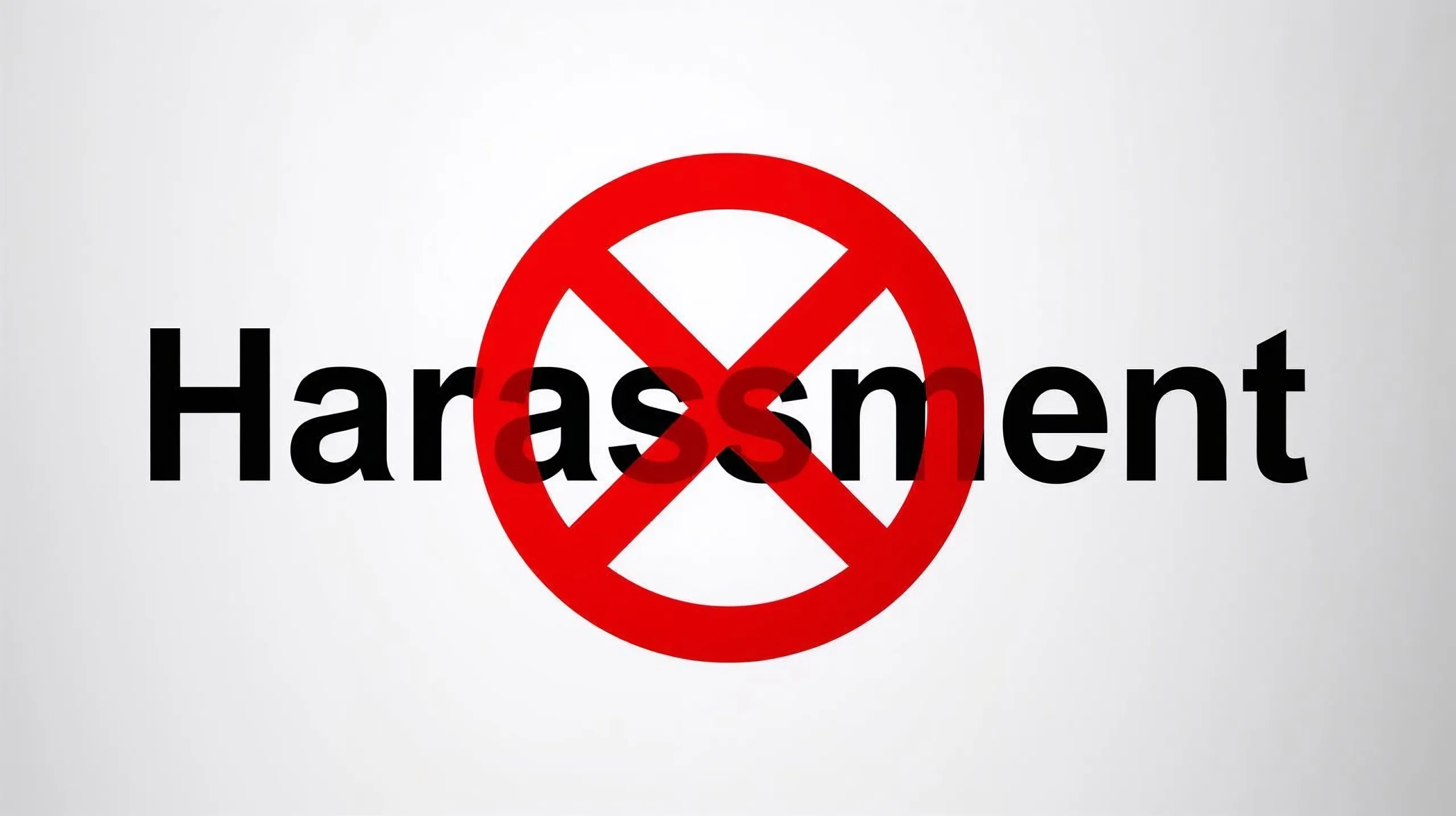How to Respond to Bloodborne Exposure Incidents: Best Practices and OSHA Guidelines
Dealing with bloodborne pathogen exposure incidents is critical to healthcare safety, as these pathogens can lead to serious health risks. Bloodborne pathogens, such as HIV, hepatitis B, and hepatitis C, are microorganisms present in human blood that can cause severe diseases if transmitted to individuals. As healthcare workers are at an increased risk due to their direct contact with patients and bodily fluids, it is essential for us to have transparent and efficient protocols in place to handle such incidents.
This blog provides practical tips on managing exposure incidents and following appropriate post-exposure procedures in line with OSHA standards to help reduce the risk of disease transmission and maintain a safe work environment.
Understanding Bloodborne Pathogens and Their Risks
Bloodborne pathogens are microorganisms found in human blood that can cause disease. Common examples include the human immunodeficiency virus (HIV), hepatitis B (HBV), and hepatitis C (HCV). These pathogens can be transmitted through direct contact with contaminated blood or other bodily fluids.
Healthcare workers are at an increased risk due to the nature of their work, which often involves contact with these fluids. Therefore, knowing how to handle exposure incidents is essential for maintaining both personal safety and public health.
OSHA Guidelines for Managing Exposure Incidents
The Occupational Safety and Health Administration (OSHA) has established the Bloodborne Pathogens Standard (29 CFR 1910.1030), which provides regulations to protect workers from the risks associated with bloodborne diseases.
This standard mandates the creation of an exposure control plan for healthcare organizations, which includes protocols for exposure incidents, preventive measures, and medical evaluations. By following these guidelines, employers can ensure that workers are protected and prepared in the event of an exposure.
Immediate Actions Following an Exposure Incident
When a healthcare worker experiences potential exposure to blood or bodily fluids, immediate action is crucial to minimize the risk of infection. The first step is to wash the affected area thoroughly with soap and water. If the exposure involves mucous membranes, such as the eyes or mouth, they should be flushed with water or saline to remove any potential contaminants.
Medical Evaluation and Post-Exposure Follow-Up
After exposure to bloodborne pathogens, a medical evaluation is necessary to assess the risk of infection and determine whether any additional steps, such as post-exposure prophylaxis (PEP), are required. This evaluation should ideally occur within hours of the exposure to be most effective.
Healthcare professionals will assess the situation, consider the type of exposure (e.g., needlestick, splash), and determine the appropriate course of action based on the specific risks involved.
Reporting and Documentation
Proper reporting and documentation of bloodborne exposure incidents are not only important for medical follow-up but are also required by OSHA regulations. Each exposure incident must be reported to the appropriate authorities within the organization, and an incident report should be completed.
The report should include relevant details such as the time and date of exposure, the type of exposure, the source of the pathogen (if known), and any actions taken following the incident.
Implementing an Exposure Control Plan
Healthcare organizations must have a well-defined Exposure Control Plan (ECP) that outlines procedures for minimizing and responding to exposure risks. The ECP should include engineering controls, such as safe needle devices and proper disposal methods, to reduce the likelihood of accidental exposure. Personal protective equipment (PPE), such as gloves, gowns,
and face shields should be available to workers to protect against exposure.
Educating Healthcare Workers on Bloodborne Pathogen Safety
Regular training is a critical component of any workplace safety program. Healthcare workers should undergo a bloodborne pathogens course and training, including how these pathogens are transmitted, how to use PPE effectively, and what to do in the event of exposure.
OSHA mandates that healthcare workers receive annual training to ensure they remain up-to-date on the latest safety practices and regulations.
Prevention: A Key Strategy for Reducing Risk
While response procedures are essential, prevention remains the most effective strategy for minimizing exposure incidents. Implementing standard precautions, such as assuming all blood and bodily fluids may be infectious, helps reduce the likelihood of exposure.
Healthcare workers should always use appropriate PPE, practice good hand hygiene, and follow proper protocols for handling sharps and contaminated materials.
Conclusion
Managing bloodborne exposure incidents requires swift action, adherence to established protocols, and ongoing education. By following OSHA guidelines and maintaining a comprehensive Exposure Control Plan, healthcare organizations can ensure that their workers are prepared to handle exposure incidents effectively.
Timely medical evaluation, proper reporting, and continuous prevention efforts are key to minimizing the risks posed by bloodborne pathogens and protecting the health and safety of healthcare workers.
To know more about the bloodborne pathogens course, visit the website now!
Share this article
Follow us
A quick overview of the topics covered in this article.
Latest articles
December 2, 2025
December 2, 2025
December 2, 2025




